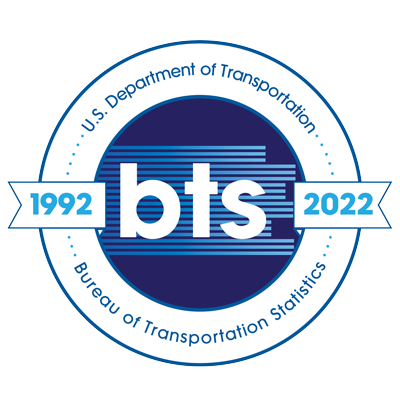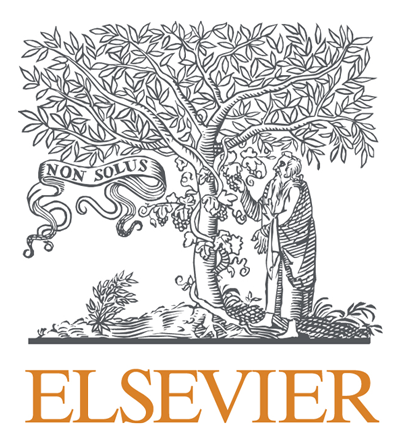Bound by Tax: Wildlife management, public lands, and the reproduction of gun use
Topics:
Keywords: Guns, Environmental Politics, Tax, Political Ecology, Hunting, Wildlife Management
Abstract Type: Paper Abstract
Authors:
John P. Casellas Connors, Texas A&M University
Christopher Rea, Ohio State University
Elizabeth Carlino, Texas A&M University
,
,
,
,
,
,
,
Abstract
Since the passage of the Pittman-Robertson Act (P-R) in 1937, revenue collected from an excise tax on firearms and ammunition has provided the primary source of project funding for state wildlife agencies. With increasing gun sales, P-R revenues have also reached record levels, exceeding $1.5 billion in 2021. State wildlife agencies may use these funds for specific projects that benefit hunting and management of wildlife habitat. Recent legislation, however, has transformed P-R to expand the uses of these funds to support the promotion of “recreational shooting.” The passage of the Range Act in 2019 also made it easier for states to use these funds to purchase land for the purpose of constructing shooting ranges. Meanwhile, a recently introduced bill would require a shooting range in every national forest (154 total). In this paper, we explore the ways that these changes in legislation transform public funds, lands, and agencies into infrastructure for private industry. Specifically, we show how the gun industry has reframed mandatory excise taxes on firearms and ammunition as virtuous private gifts to support conservation; used that framing to justify private control over public revenue; and successfully diverted public funds to transform public lands into sites for the reproduction of private gun use and accumulation. These transformations to PR shed light on novel ways that not only physical territory but also the fiscal infrastructure of the state is being repurposed to serve private – and violent – ends.
Bound by Tax: Wildlife management, public lands, and the reproduction of gun use
Category
Paper Abstract








